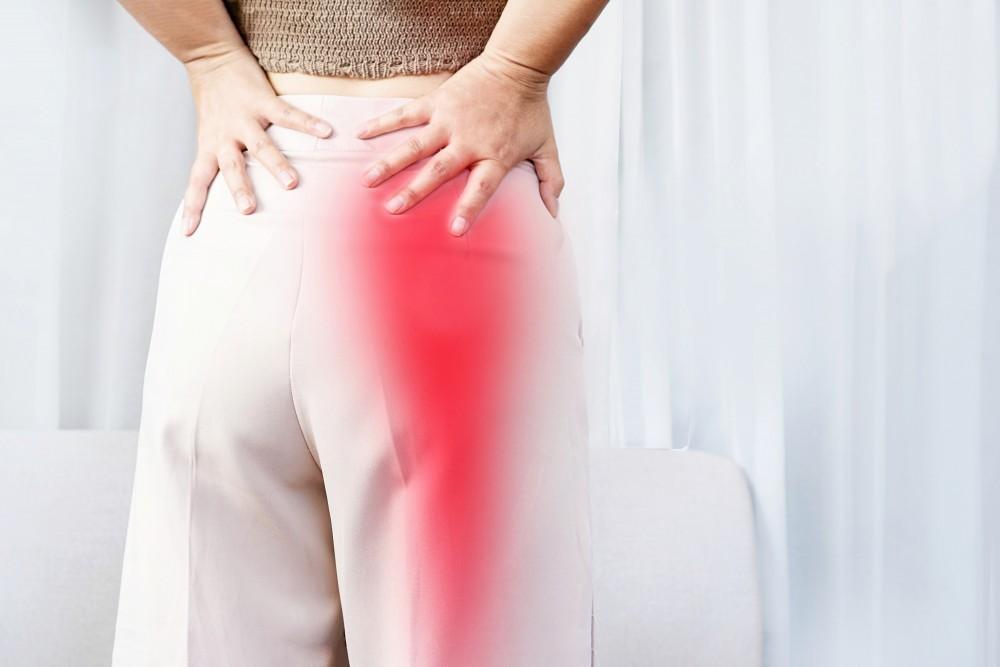Tingling and numbness in your fingers. Pain that radiates up your arm. What’s going on? You may be suffering from something called a subluxation. Subluxation refers to a damaged joint. The joint may not move as smoothly as it has before, or it may be misaligned.
280 million people visit the chiropractor each year for subluxation and other spinal alignment issues. Here we’ll break down how to spot the warning signs and symptoms of subluxation.
What Causes Subluxation?
A few different things can cause a subluxation. These are three of the most common culprits.
Tension
Poor posture or chronic stress can lead to subluxations. Over time, tensing the body can cause bones in the spine to squeeze into unnatural positions. Hunching over or flexing the spine too much can force vertebrae out of alignment.
Chiropractors are no stranger to realigning vertebrae that have been misused due to poor posture. Make sure you pay attention to how you’re sitting and standing. And check in with your chiropractor for regular postural alignments.
Toxins
Toxins from the air, water, or food can contribute to subluxation as well; when you ingest toxins and unhealthy foods, the inflammation in your body increases. This can put added pressure on your joints; it can also make your muscles contract.
To avoid this, make sure you’re careful about what you’re putting into your body. Talk to your doctor about lowering the risk of inflammation in your body before you develop a condition like subluxation.
Trauma
Trauma is one of the most common causes of subluxation. It could be a car accident or a sports injury. Or it may be brought on by a stroke.
Trauma at birth can also cause subluxation in children. It’s important to have a thorough physical examination immediately after any physical trauma. And following up periodically as you heal will help you avoid long-term issues.
Signs of Shoulder Subluxation
A shoulder subluxation occurs when the shoulder joint is partially dislocated. If you have weak muscles from inactivity or illness, you may be at a greater risk for subluxation.
You may be able to see the subluxation under your skin. Your shoulder may appear somewhat misshapen or dislocated. It may look strange, or your arm may rest at an unusual angle.
You may also be able to feel the dislocation. Normally, rotating your shoulder should be pain-free and not feel like much. With a subluxation, you may feel the bone moving in and out of your socket.
Typically, you’ll experience a good deal of pain and swelling in your shoulder. You may have trouble moving your arm or hear a clicking sound when you do so. You may also feel numbness or tingling along your arm or in your fingers.
Signs of Knee Subluxation
When your kneecap, or patella, is in place, it moves up and down in a socket between your thigh bone and your shine bones. But when your kneecap is partially dislocated, you have a patellar subluxation.
Your patella can slip out of its socket when the ligaments or muscles surrounding it are injured. You’ll notice subluxation knee pain whenever you bend your leg. You may not be able to put much weight on it, either.
It’s crucial to get any knee pain examined. If untended, you risk damage to the ligaments in the knee and decreased mobility.
Signs of Spinal Subluxation
Spinal subluxation affects the joints and bones that make up your spinal cord. Unless caused by an injury, signs of spinal subluxation may not show up right away. They often take time to develop.
You may notice pain in your back or neck, including tenderness and inflammation. You may have numbness in your limbs or difficulty bending or twisting. A subluxation can also cause burning and tingling sensations in your back.
Unusual, persistent headaches can signal subluxation as well. Spinal subluxations require chiropractic adjustment to realign the vertebrae. If left untreated, these subluxations can cause muscle deterioration and nerve damage.
Signs of Hip Subluxation
Much like the shoulder, the hip is a ball-and-socket joint. When your leg bone slips out of its socket completely, you’ve dislocated your hip. When it comes out partially, it’s a hip subluxation.
This type of partial dislocation of the hip will likely be noticeable right away. You may have difficulty walking or standing up. You may be unable to put your full weight on the affected leg without pain.
In this case, you should seek out medical attention as soon as possible. A delay could put stress on your ligaments or increase your risk for full hip dislocation.
What to Do if You Think You Have a Subluxation
Any dislocation means your bone is not where it should be. So if you think you’re experiencing a subluxation, you should treat it as a medical emergency.
Sometimes the dislocation is minor enough that you think you can get through by toughing it out. The pain may not be that bad, or you may hear clicking in your joints and assume it’s a normal part of getting older.
Don’t take that risk. A subluxation will show up on any standard x-ray. So talk to your primary care physician even if you think it may be a small issue.
If you do have a subluxation, chiropractic treatment is a helpful way to realign your bones. Chiropractors are skilled in assessing how subluxation in one area may affect alignment in another.
They’ll suggest a course of treatment to follow. This usually includes manual realignments of your spine, hips, neck, or shoulders.
Visit Your Chiropractor
Don’t let a subluxation go untreated. Seek chiropractic care if you’re concerned you may have a partial dislocation. And to keep from developing a subluxation over time, visit your chiropractor for regular check-ups.
If you’d like to set an appointment for a consultation or alignment, click here.




